The end of the 2022 season of Império Endurance Brasil brought yet another brand new car to the P1 category, the fastest cars in the southern hemisphere, with the debut of the fifth generation of the Sigma P1 prototype in the double header held in Interlagos. Today we will get to knoe all the details
Passive Safety
More than an aerodynamic evolution, the Sigma P1 G5 represents a major advance in passive safety, with the inclusion of a carbon fiber crash box at the front and anti-intrusion and absorption structures on the sides, in addition to a redesign of the fuel cell and the pilot’s survival cell. With this, Sigma seeks to present a car with a level of safety compatible with FIA standards but with solutions oriented to the Brazilian reality.
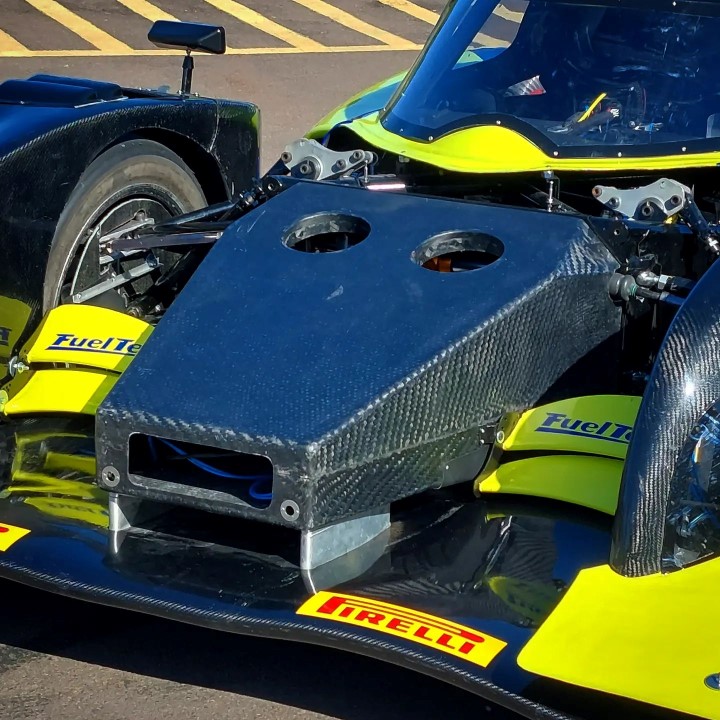
The front crash box was designed and manufactured in Brazil in carbon fiber and aluminum honeycomb, capable of sustaining around 500 kgf of downforce from the front wing.
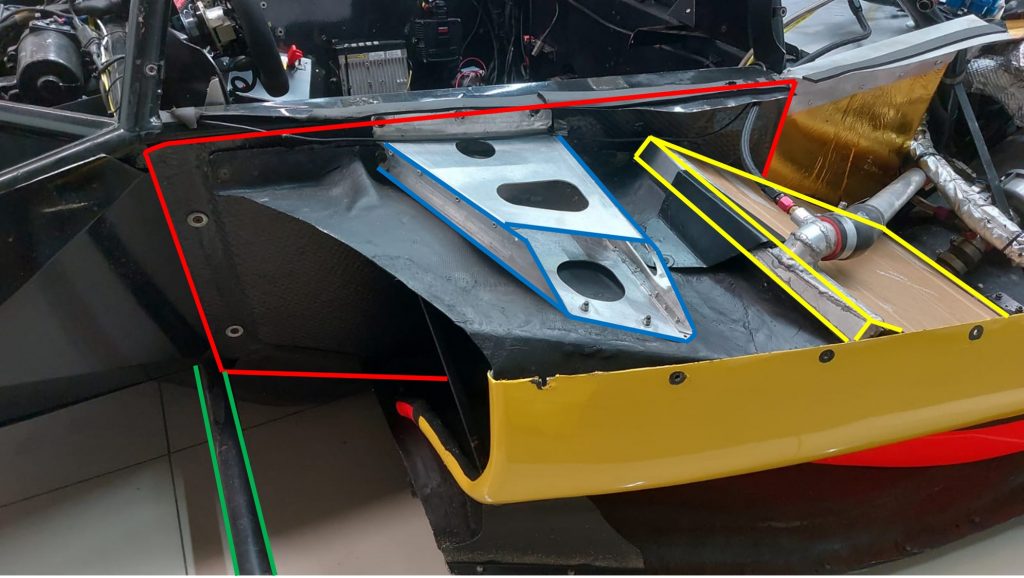
As for the side protection of the cockpit, it is made up of an anti-intrusion side plate made of carbon fiber and kevlar with aluminum honeycomb (highlighted in red) that works together with the aluminum side impact actuator that comes screwed to the hardpoints of the cockpit. chassis (blue).
The radiators were also repositioned to be on the sides of the pilot, supported on the anti-intrusion plate with the centroid aligned with the main hoop of the survival cell (yellow), so that the radiators start to act as energy absorption structures, similar to the which was done in 2018 by Indycar. Furthermore, the pontoon support tube (green) also acts as a protection element for side impacts.
Aerodynamics
Despite the focus on safety, the fifth generation of the Sigma prototype also brought several aerodynamic updates compared to what was presented in the Sigma G4.
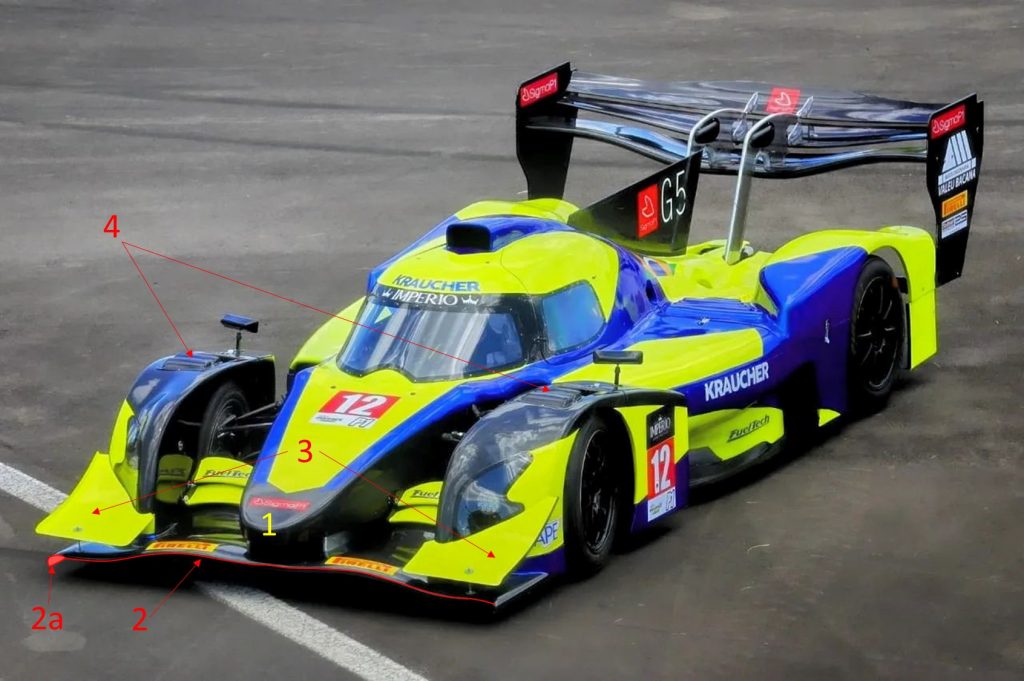
At the front, the nose (1) was redesigned to accommodate the front crash box (see passive safety section), and the splitter (2) now features a sort of side skirt (2a), while the diveplanes (3) follow the same philosophy of the previous generation. Initially, the Sigma G5 was presented with the same front wheel ventilation solution through louvres (4). As in the AJR, teams have chosen to use or not use these elements on a test-by-race basis, without an evident trend defining the choice.
Side by side, some minor differences between the G4 and G5 versions become more evident, such as the air intakes for the front brakes (5) which are now F1/LMP1 style and also a complete redesign of the air intake (6 ).
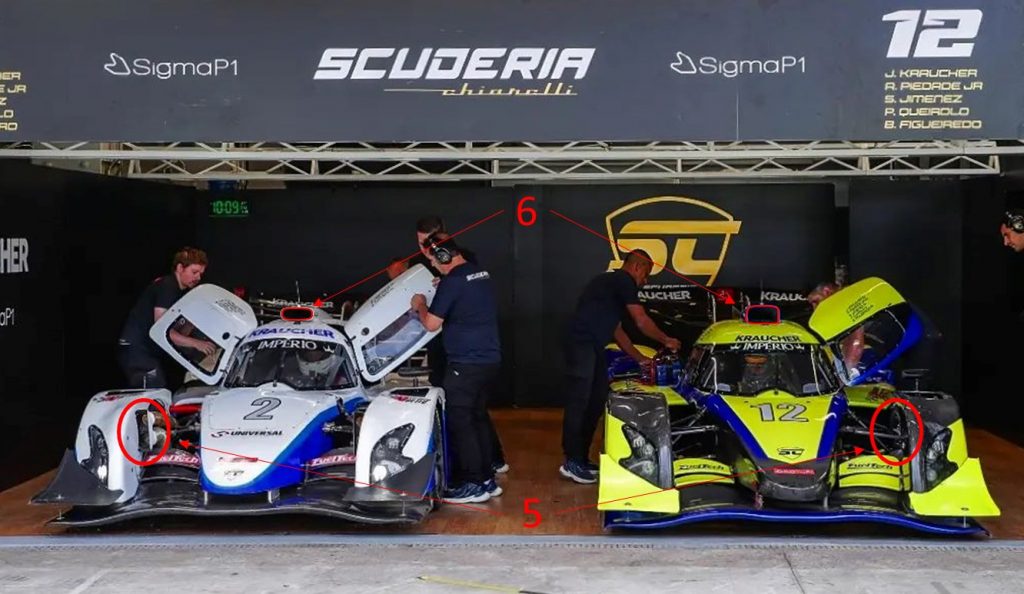
For the 2023 season, the front brake ducts were again redesigned, as we could see in more detail during a shakedown carried out at the beginning of the year:
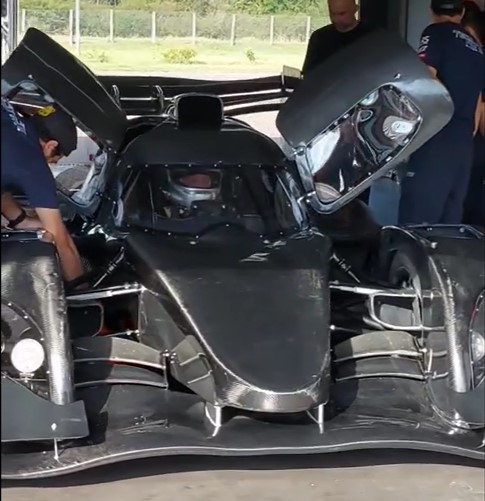
In the side profile, Sigma adopted a dorsal fin (7), a solution that had already been tested on the Sigma G2 and applied to the Sigma/Tubarão XI, helping to smooth the air flow to the rear wing and contributing to the car’s stability yaw . The side air intake (8) maintains the same design as the Sigma G4, however a new design of the ducts and radiator allowed cooling to be improved by 55%, allowing the elimination of the additional air intake used in some events.

The underbody was also slightly redesigned, with the main improvements related to the manufacturing process. For example, in the G4 the assembly was carried out manually during the intallation in the car together with the alignment, while in the G5 the floor is already controlled in order to be mounted directly on pre-defined hardpointd on the chassis, serving as a reference for the teams to align the assembly of the car and thus simplifying the assembly process in general. The most obvious change was the removal of the vortex generator that was positioned at the end of the floor, to facilitate the accommodation of the new oil cooler.
In the rear section, an optimization of the rear diffuser exit section was carried out, reducing the central V by making the shape follow more closely the inner contours and increasing the expansion area (9). The rear bodywork also received an extension (10), a different design from the item that was initially present at the Sigma G4 presentation, and which was abandoned during the 2022 season.

With all these developments, the Sigma P1 G5 is probably the safest prototype manufactured in the country. Furthermore, the evolutions brought a considerable performance gain, culminating in pole position for both races of the double round closing of the 2022 season (and the first time since 2017 that an AJR prototype did not win pole position in a race in which it participated ). Problems in the 3-Hour race on Friday took the pair Sérgio Jimenez / Aldo Piedade Jr out of contention for victory, but the 4-Hour race on Saturday culminated in the Sigma team’s first overall victory.
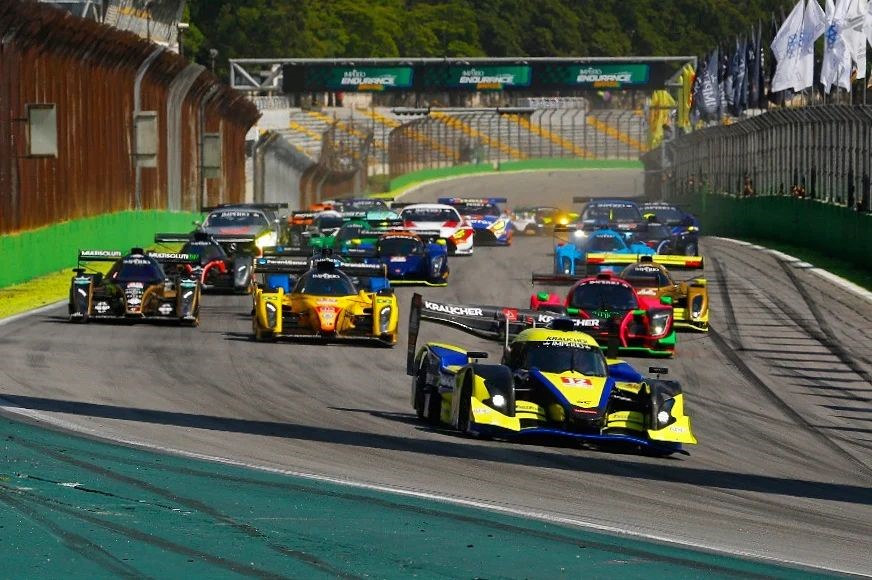
Starting the 2023 season, the team set out for the Brazilian Mille Miglia with two cars (a Sigma G5 and an older spec Sigma G4), but engine problems took the G4 model out of contention even before the start, while an alternator failure took the Sigma out. G5 in the lead of the race, and a suspension break ended the dream of a second championship in Brazil’s main long-term race.
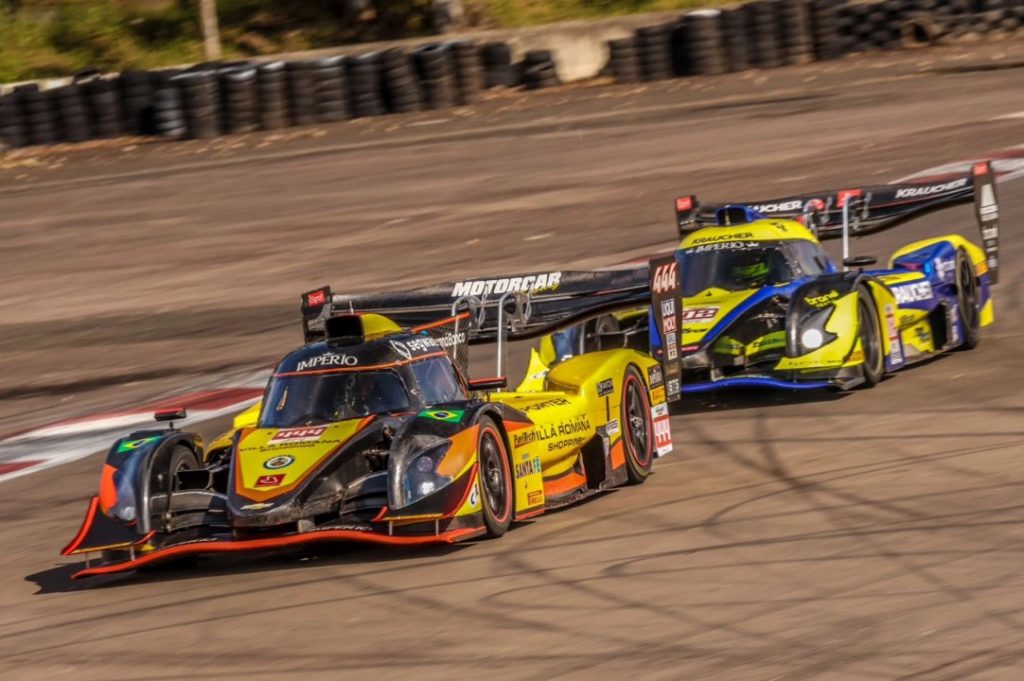
The 2023 season also had another big news, with the first Sigma G5 delivered to a customer driver, current champion Vicente Orige of the Motorcar Racing team, who currently occupies second place in both the general classification and the P1 category.
Development, by the way, did not stop with updates such as new suspension amounts presented during the 2023 season.

Furthermore, an aerodynamic wheel cover was introduced on the Velopark to retain heat from the brakes and help warm up the tires during qualifying, a joint development between the Motorcar team and Sigma after the teams noticed difficulties in heating the tires in the low temperatures encountered. during training carried out in the weeks before the race.
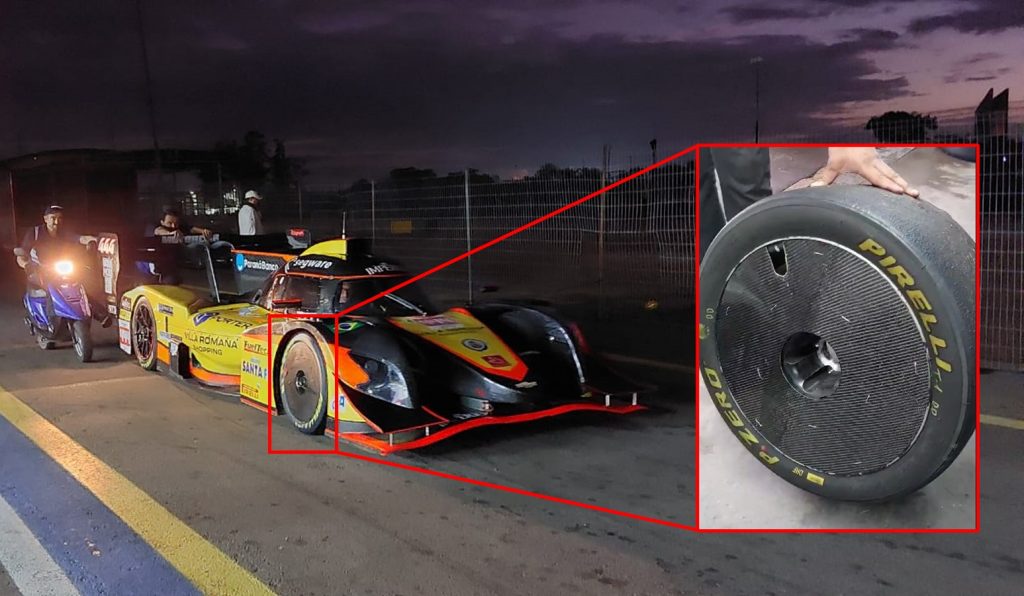
Acknowledgement
I’d like to thank the collaboration from Sigma P1 Engenharia that helped clarify the thinking behind some of the technical evolutions, as well as sharing the images that illustrate this post.

